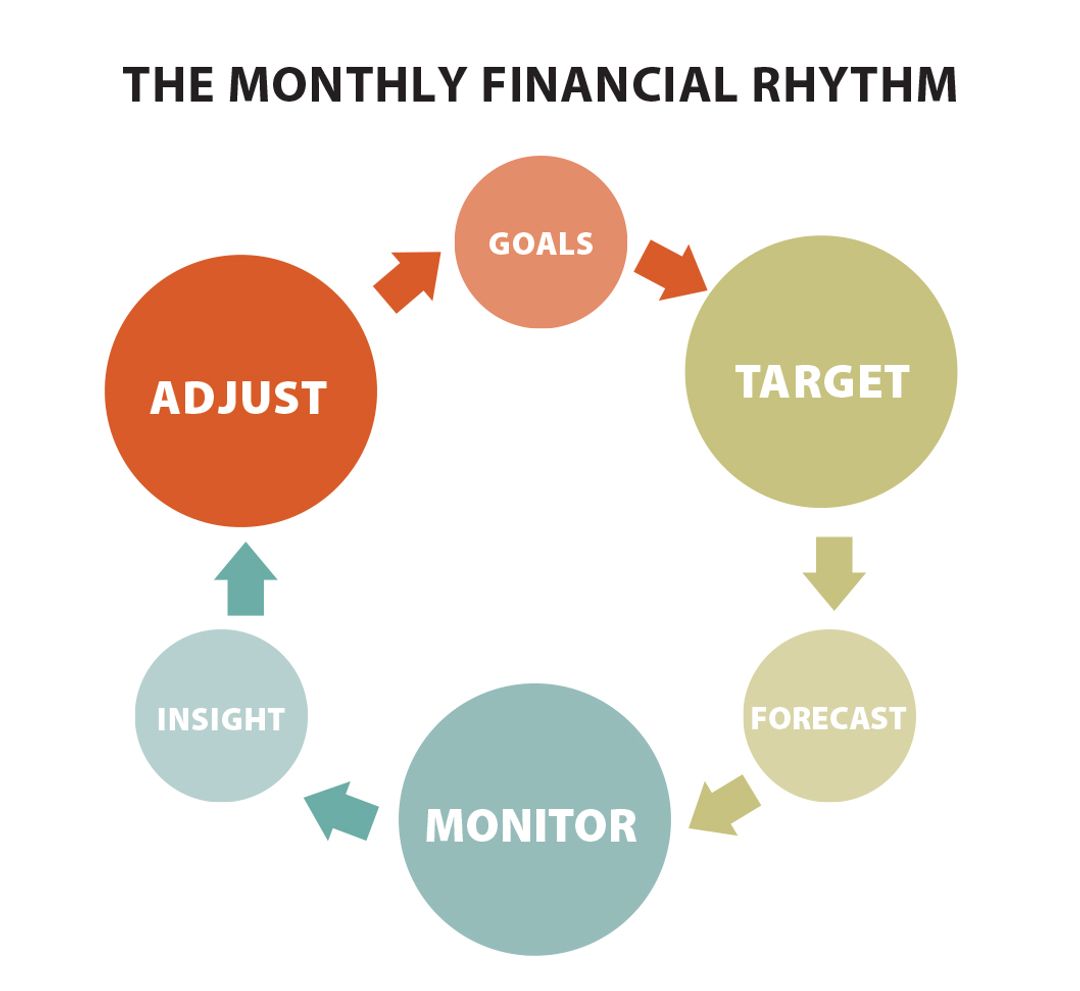As the economy strengthens, construction financial professionals have an exciting opportunity to demonstrate financial leadership, add value, and enhance their influence and credibility within their organizations.
The challenge many CFMs face today is that they are too often seen as the company “historian” who is focused on what happened in the past as well as control and compliance. However, you can turn your role – and that of your entire accounting department – into a valuable strategic asset on which management relies.
You have an incredibly powerful tool in your toolkit: a reliable financial forecast. Creating a forward-looking view of financial performance is the secret for turning financial information into valuable insight. Providing insight to your leadership team helps you become part of making history rather than just recording it.
This article will show how to tap into the unique and exciting benefits that financial forecasting can unlock for you, your company, and your career.
The monthly financial rhythm
Just as a construction business moves in a rhythm or cycle, so does its financial management. As you can see in the illustration, it’s about setting financial goals and targets, monitoring forecasts and actual financial results, and making adjustments in strategy and execution inside the business when results differ from the target or expectation.
A monthly rhythm orchestrated by the CFM provides financial feedback and improves decision-making within the company.
Target
A target is a key financial goal that is derived from the company’s vision and strategy, and can change depending on short-term financial goals. For example, one quarter might have specific goals related to collecting receivables faster, while another quarter might include a focus on increasing project margins or reducing certain expense categories. There are generally 3-5 targets at any time, and the mix of targets/metrics may vary during the year.
Monitor
Monitoring is about creating financial forecasts (expected financial results) and actual results (historical financials). The combination of the forecast and actual results must be converted into insight (not just numbers or financial statements) for the management team.

Adjust
Management then uses insightful financial information to determine whether the specific action plans and strategies being executed throughout the company are working as expected. The management team is on board because they understand the financial goals and related metrics being tracked. You have helped them learn how to use the monthly financial information to compare the actions taken in the field to the implications in the financial statements.
Now, management has a tight link between their plans and the actual financial results. Adjustments to strategies and tactics in the field can be made quickly when the financial information suggests something is not working as intended.
Construction projects move in this same rhythm. To bid on a project, the specific goals are evaluated and agreed upon. Then, financial targets are set to document the scope and arrive at the price. As a project progresses, accounting provides actual results for the project against the plan so that pms and others can evaluate results and determine if adjustments need to be made as the project moves toward completion.
Once the project is complete, management must evaluate whether the profit targets for the job came in as they were forecasted/planned. That way, the bidding process can be improved based on the lessons learned from each completed contract.
This same financial rhythm is at work at the overall company level as well.